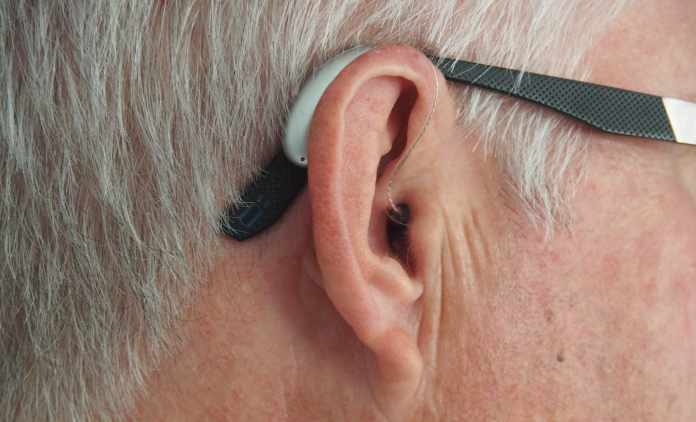Do you what is superoxide and its role in sensorineural hearing loss? Read this guide to know about it. An estimated 5% of the world’s population has a degree of hearing impairment due to any of a multitude of factors:
- Age-related hearing loss is estimated to occur in approximately one in three people over age 65, according to the National Institute of Deafness and Other Communication Disorders.
- Per the CDC, 12.5% of children aged 6-19 and 17% of adults aged 20-29 suffer from permanent noise-induced hearing loss
- According to research from the NCBI, ototoxicity is also a common cause of hearing loss, both temporary and permanent.
The mechanism that caused many of the above impairments was formerly unknown. Thanks to researchers at the Kyoto Prefectural University of Medicine, that’s no longer the case. They’ve identified a new type in the cochlea that may have a direct link to hearing loss.
Known as Nox3*2-expressing cells, they produce one of seven types of Nox chemicals found in the human body. This particular species produces a reactive oxygen species known as Superoxide (Nox3), expressed only in the inner ear. They also discovered that these same cells become more active with age or exposure to excessive noise or ototoxic substances.
As for why this knowledge is so groundbreaking, it could well lead to a world first — the development of drug therapy to reverse hearing loss.
The Kyoto University team achieved this monumental discovery via genetically modified mice. The subjects were altered to create several different hearing loss reactions, including age-related, noise-related, and drug-induced. They could also suppress the onset of these types of hearing loss in mice altered to have no Nox3 expression.
By using this information, the research team was able to control each of the three types of programmed hearing loss. They were particularly successful in dampening the effects of age and drug related hearing impairment, though even noise-induced hearing loss responded well to their efforts.
This could have significant implications in a clinical context, preventing acquired hearing loss by inhibiting superoxides and the cells that produce them before they can become problematic. If a prescription medication were developed to achieve this, there is potential to treat people even in remote regions. Supplements, tablets, and injectable therapies are cheaper and easier to transport than hearing aids and cochlear implants. More importantly, because Nox3 is only expressed in the inner ear, the side effects of inhibiting it would likely be relatively minor.
The number of people suffering from hearing loss is increasing. The discovery of therapeutic treatments for the condition has become more and more pressing in recent years. This research represents an enormous leap forward in that regard and could lead to the creation of effective, efficient drug therapy.
And it’s all thanks to some genetically altered mice and the brilliant people examining them.
About the Author:
Pauline Dinnauer is the VP of Audiological Care at Connect Hearing, which provides industry-leading hearing loss, hearing testing, and hearing aid consultation across the US.












